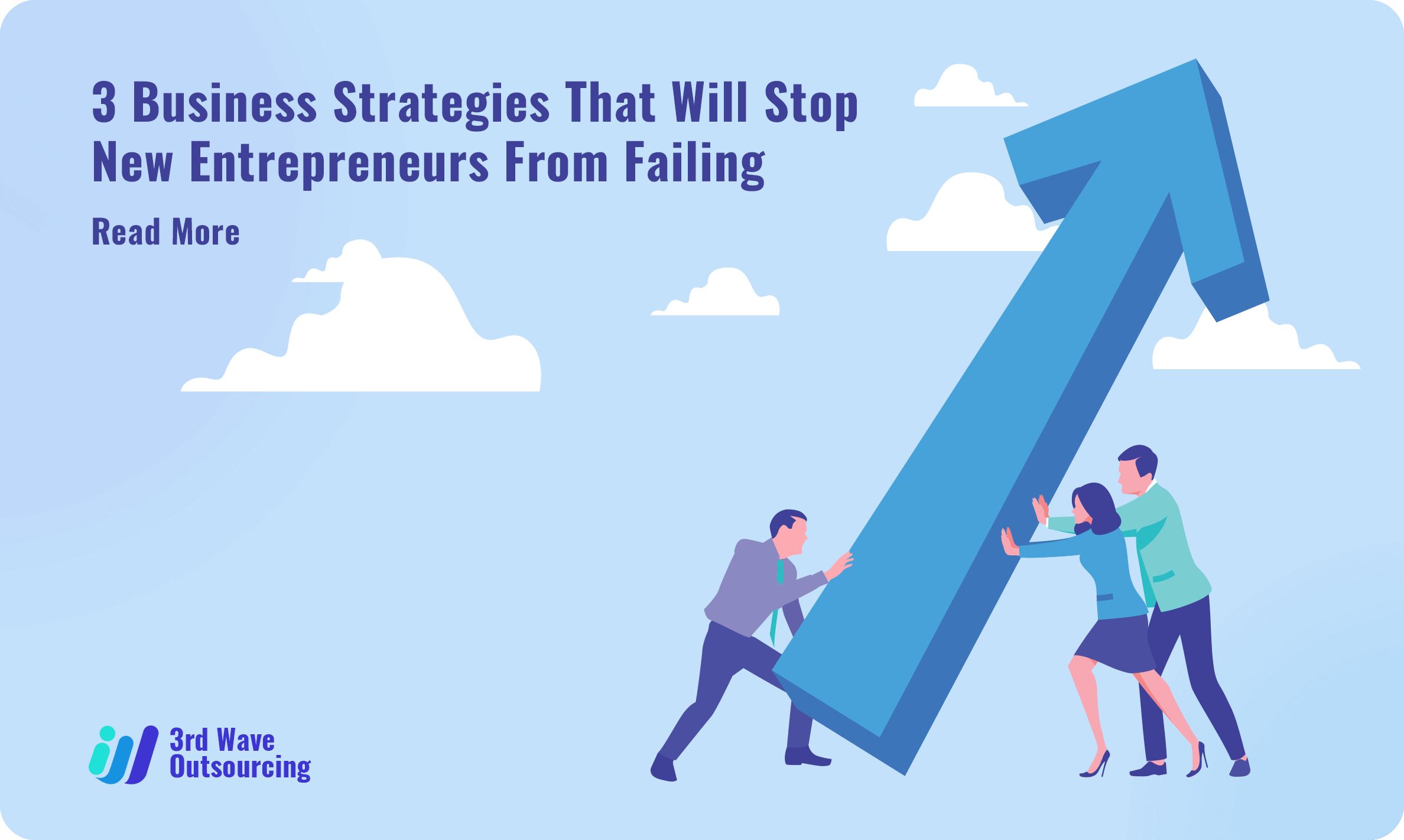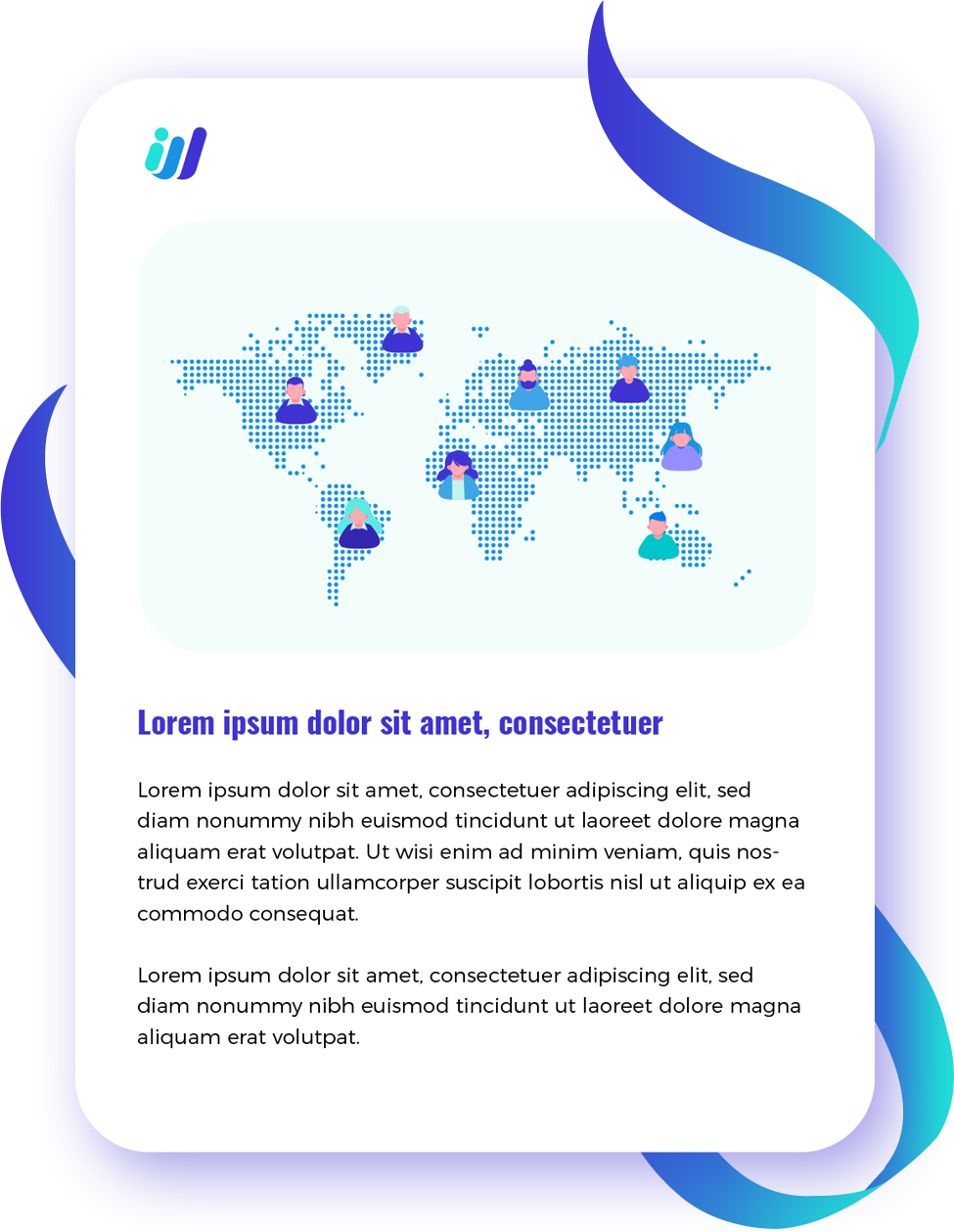For a business to succeed, it is essential to have a clear, well-defined strategy. A business can get lost in the wilderness without a detailed, thoughtful strategy. There are three unique types of well-defined strategies – business strategy, operational strategy and transformational strategy. These 3 business strategies can make or break your business.
Understanding and applying these are critical for a business’s success. While these are distinct entities, your people, processes, and technology are common considerations across all types of strategies. If it is not accompanied by a plan of action, strategy is nothing more than a collection of lofty ideas without any basis in reality. A successful strategy implementation requires connecting “lofty ideas” to practical, well-thought-out steps.
We’ll examine each of the three types of strategies that are key to a business’s success. Here are the Top 3 Strategies that you need to apply to supercharge your business.
1. Business Strategy: Customer Experience
A business strategy focuses on how your customers will experience your business. The strategy focuses on the company’s approach to the market, asking questions about the target area and competitive advantage of the brand.
The purpose of identifying target area is to address questions such as:
- How will we target our customers?
- What are the geographies we will cover?
- How will we bring our products and services to market?
The purpose of studying competitive advantage is to answer questions like:
- In what ways will we differentiate ourselves from our competitors?
- In order to differentiate ourselves from the competition, what capabilities will we employ?
- How will we create new markets using unique approaches?
Business strategies are typically created by senior managers. Business architects are crucial to clarifying the business strategy, creating tighter alignment between different strategies, and communicating the business strategy clearly and consistently across and down the organization.
Early in the strategy development process, executives are beginning to incorporate advanced, highly credible business architecture practices, as well as purpose-driven CX design, providing tools, models, and facilitation that will enable better strategy development.
Check out our article “Why 2023 is the Year to Start Outsourcing” to discover how you can apply one of the best, tried and tested business strategies of the year.
2. Operational Strategy
Operational strategy focuses on your people and processes. This process focuses on transforming the customer-centric business strategy into a cohesive and actionable plan for implementing it.
The purpose of operational strategy is to answer questions such as:
- Are there any capabilities that need to be created or enhanced?
- Are there any processes that need to be improved or completely redesigned?
- Do we have the right people with the right skills? For example, talent retention plans based on Strategic Learning and Development.
A majority of business architects work in the operational strategy domain, and reach out to leadership for direction in business strategy.
By working vertically within a single business unit and resolving issues at business unit boundaries, they bring clarity and cohesiveness to the organization’s operating model. In more mature business architecture practices, cross-functional teams work across multiple verticals or move from one to another. Business architects and leaders who are successfully delivering in one role should actively develop the skills they need to move into other areas.
3. Transformational Strategy
Transformational strategies focus on how technology can enable and transform your organization. Rather than talking about automation, we are talking about the transformation of digital business models. Since it involves the wholesale transformation of an entire organization or business, it is less common.
People, processes, and technology must be fundamentally changed as a result of this type of strategy, which goes beyond typical business strategies.
In general, transformational strategy falls under the purview of the Project Management Office (PMO), organizational development, and consultants. A limited number of organizations go down this path willingly and with a reasonable expectation of the resources required.
Despite their complexity, these efforts require highly experienced and knowledgeable technical resources. It is rare to see business architects play a significant role in business architecture, but it has a significant benefit.
Wrapping It All Up
There is no one size fits all when it comes to strategy work. For each type of strategy, different skills, resources, approaches, and plans are needed.
Let us help you find top talents in IT, technical support, digital marketing, and cloud services so you can leverage all the benefits of outsourcing in the new normal. Request a FREE copy of the e-book on Third Wave Outsourcing .



